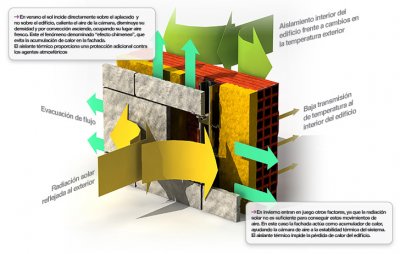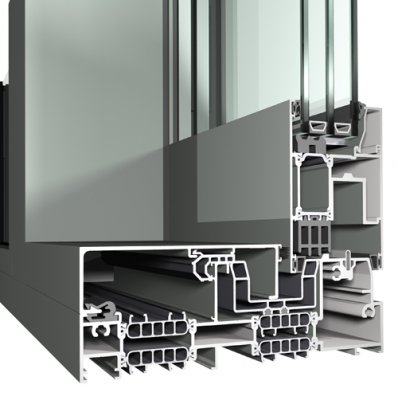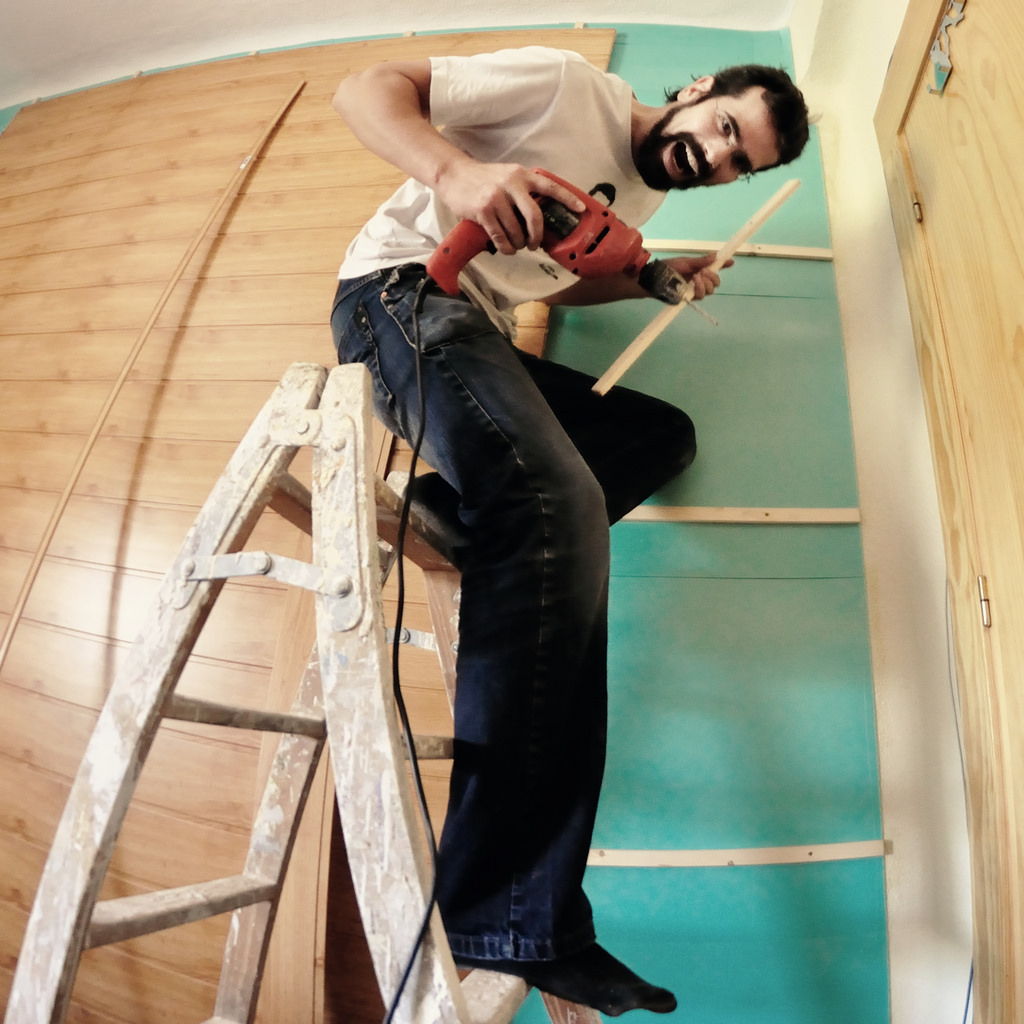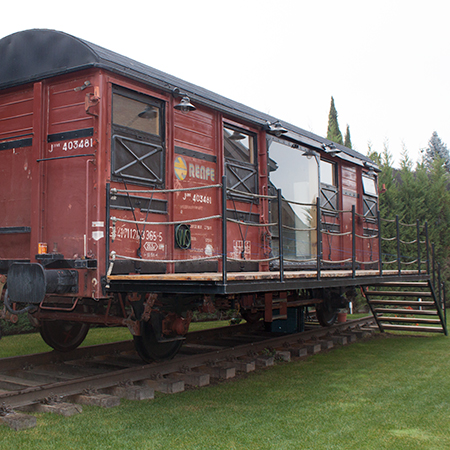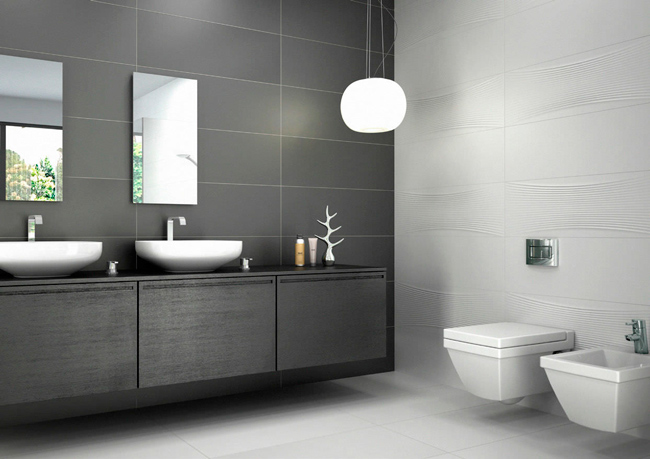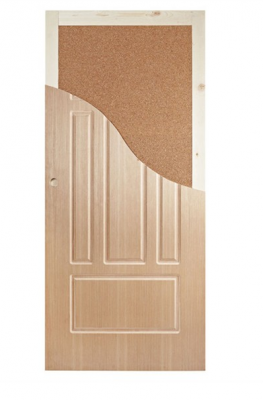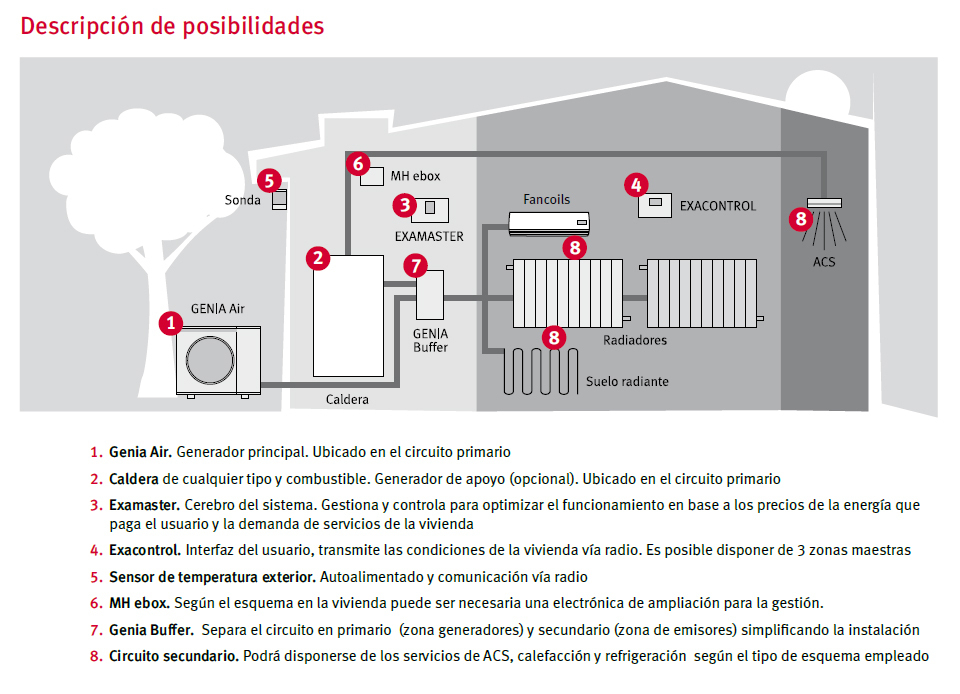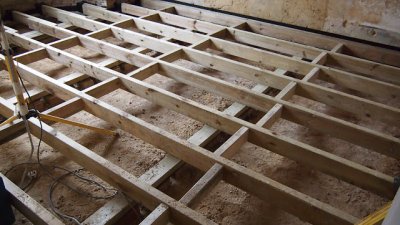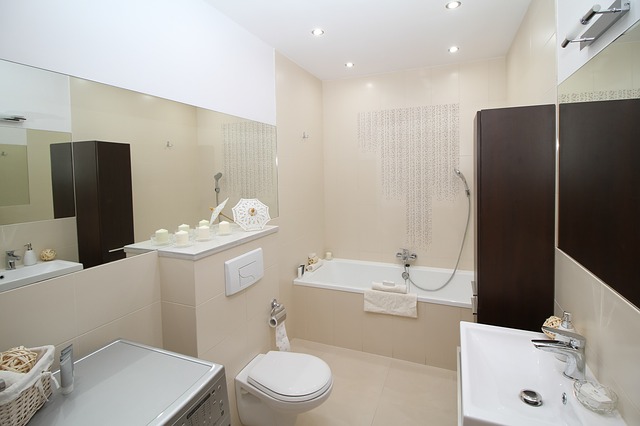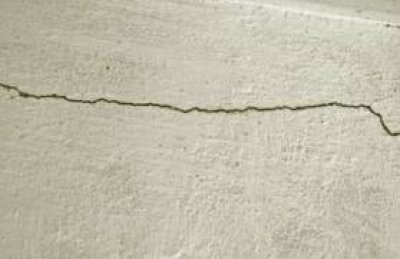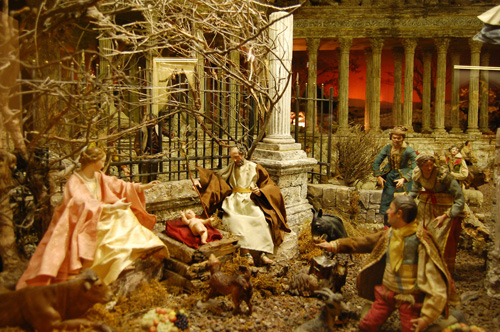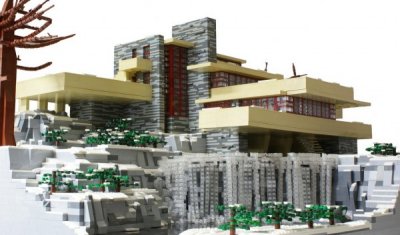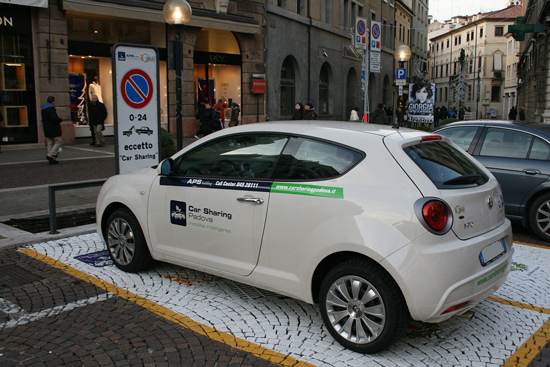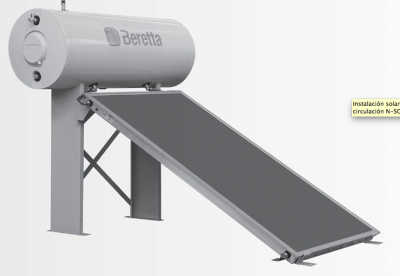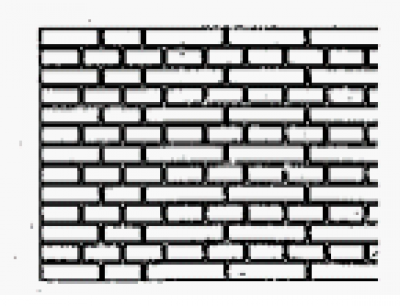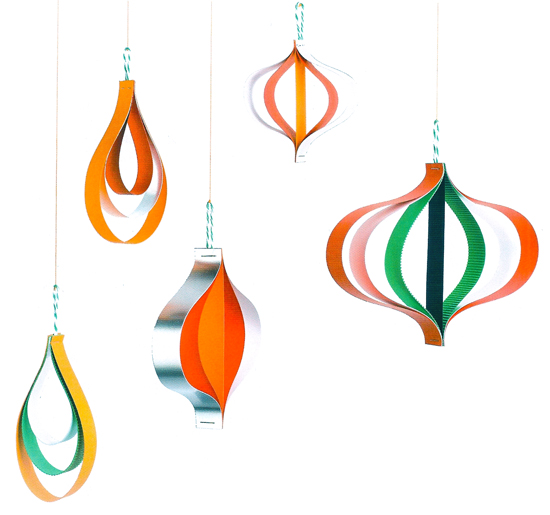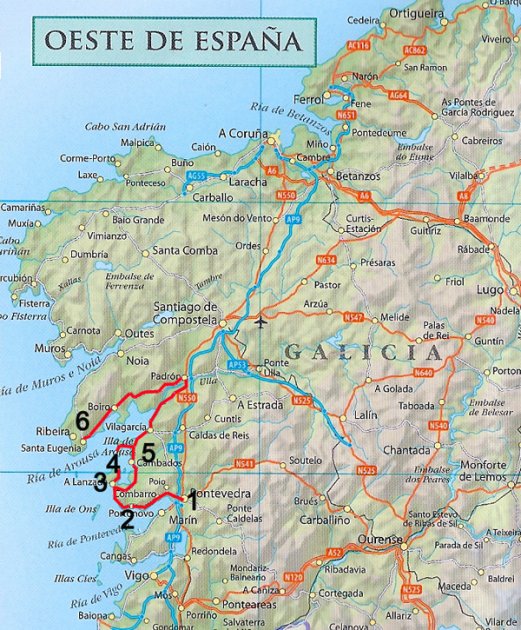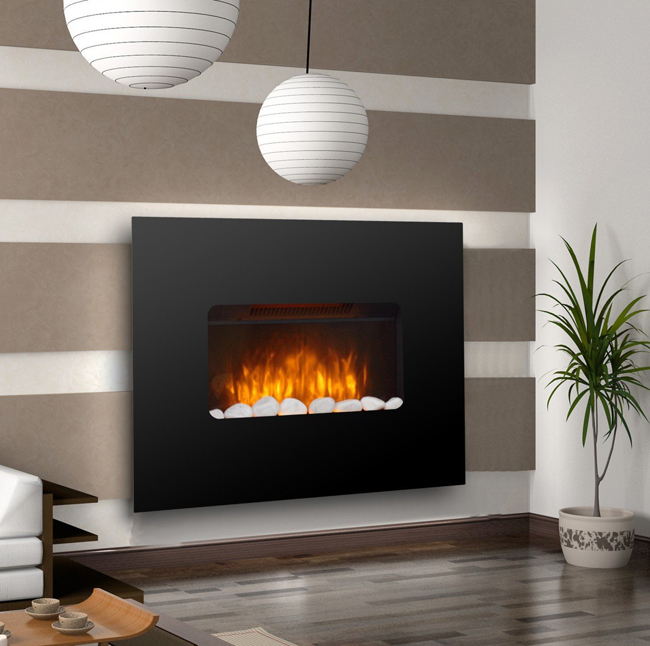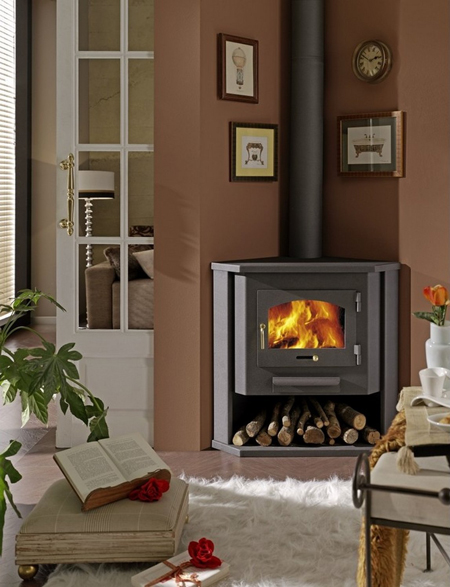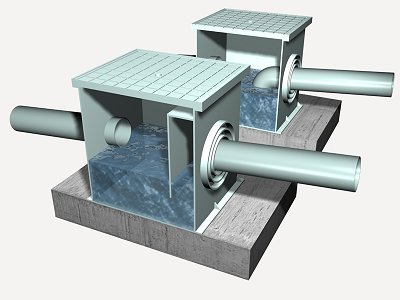The circle in architecture
The circle in architecture. ¿Why are the circle and the sphere the most efficient figures in the design of architectural spaces? When we study the archaeological remains of the first settlements of mankind we will find in many occasions that the architecture of the houses on of a lot of the buildings has a circular form.
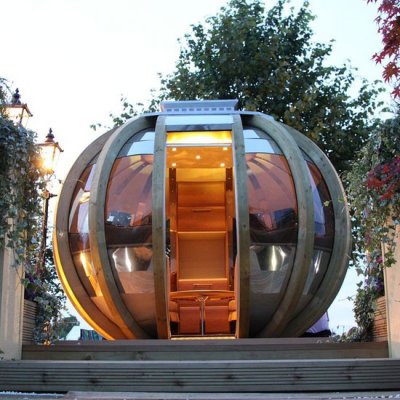
Farmer's Cottage Deluxe Summer House
Advantages of the use of the circle and the circumference in architecture
This particularity is not casual or isolated, and appears repeated in different points of the planet and in different epochs.
Nowadays, the circle is not usually employed at the time of designing the majority of our buildings, due to the fact that the use of circular structures makes it harder for the structure to be furnished and results more complicated in plans with perpendicular partitions. It results more simple to use a straight line and orthogonal designs at the time of executing any partition, wall or enclosure. The same happens in the case of the furniture design, where achieving curve forms is much more complicated than using straight forms.
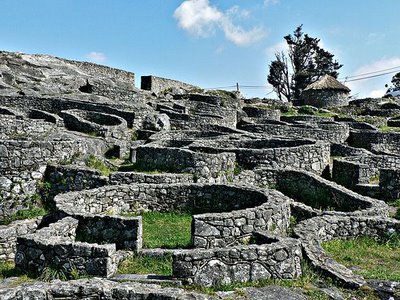
But in reality, if we leave aside the costs of execution, the use of the circle, as much in two dimensions as in three dimensions with the sphere, results the most efficient figure of all. And the ancients already knew it.
Lets suppose that we want to carry out a house with a surface of a twenty square meter plan. If we used a square, we'd need a figure with a side of four meters and the other side of five meters. In total we'd have a perimeter of eighteen meters of longitud.
If we used a circle, to have a similar surface, we'd need a circumference with a radio of two point five meters. The perimeter of our circumference would be of fifteen point eighty-four meters.
As you can see the surface of the walls that we'd have if using a square is greater than the surface of walls that we'd have if we used a circle. This translates in more material, more labor, and therefore in a greater cost in the construction. Although it is certain that the execution of a square or a prism is much more simple than that of a circle or a sphere.
In a summarized way, we will enumerate the advantages of the use of the circle and the sphere in architecture.
-Savings in surfaces of walls and enclosures.
-Increase in energetic efficiency, thanks to a minor surgace of heat trasference.
-A better behaviour regarding winds and solar radiation. In a facade of perpendicular walls, the orientations are direct. However, in the facades of a curved form the orientations are diluded, improving the use of the solar radiation and diminishing the penalized surfaces fir their orientation concerning the loss or gain of heat.
In conclusion, the use of the sphere and the circle in architecture, without a doubt, is the most effiicient of all. Nowadays, you have to take into account the type of conditions, like organization of the streets to allow a fluid traffic of vehicles, the complexity in the construction and the times of execution, etc... all this makes it so that you have to think about a lot of conditions before you take a decision to design a building in a circular or spheric way.
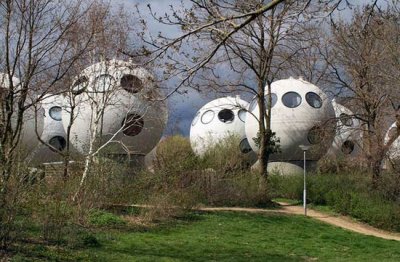
Photo source: http://zamoraprotohistorica.blogspot.com.es/2009/07/castro-de-santa-tecla-pontevedra.html, http://pinterest.com/search/pins/?q=+sphere+house

The circle in architecture
Advantages of the use of the circle and the circumference in architecture
